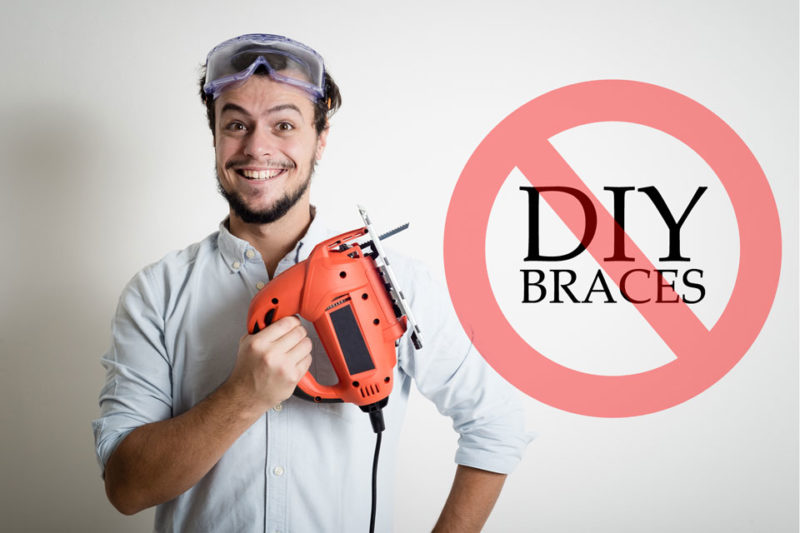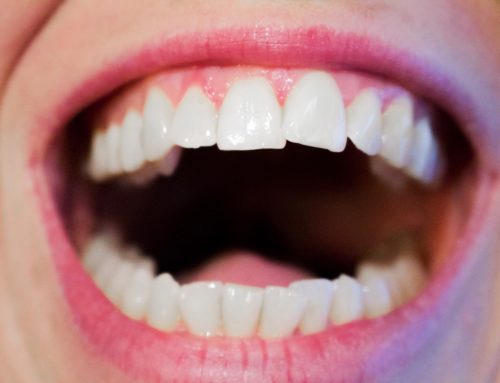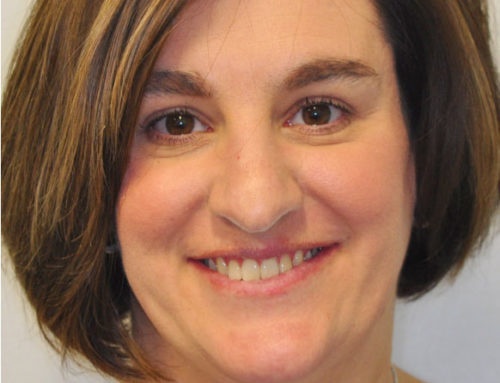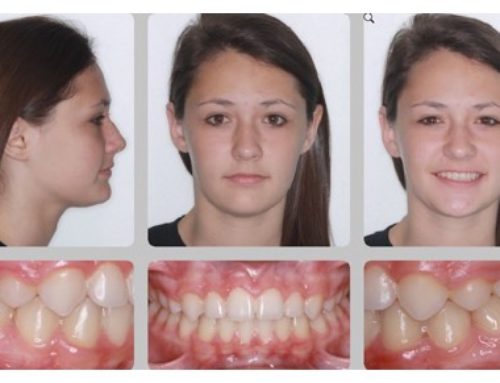There are some things you just shouldn’t try yourself.
Some people might be tempted to try home remedies and DIY treatments for straighter teeth. Check out this video from the American Association of Orthodontists (AAO) first.
Why is the AAO speaking about do-it-yourself orthodontic treatment?
The AAO is concerned about the increasing prevalence of do-it-yourself (DIY) teeth straightening treatment videos on the Internet because of the potential for harm that can result from self-treatment. Video and internet sites are targeting both teens and adults; all are encouraging people to attempt to straighten their teeth without the supervision of an orthodontist.
What’s the problem with do-it-yourself orthodontics?
Attempts to move teeth without the supervision of an orthodontist could result in permanent damage to teeth such as tooth loss, tooth decay or other serious and costly problems.
Isn’t there any way for me to know if I would be risking future problems with do-it-yourself orthodontics?
Without an in-person examination assessing the patient’s bite including the alignment of teeth, how they fit with opposing teeth, how they fit in the jaw, the size of the jaw, the relationship of the upper and lower jaws, and X-rays to see what the naked eye cannot see, underlying problems will not be evident. These could include the health of gum tissue, the amount of bone present to support teeth, teeth that are fused to bone (ankylosed), extra or missing teeth, excessive enamel wear and bone cysts.
Moving teeth in the presence of oral health problems could result in permanent tooth loss.
What if people just try to close the gap between their front teeth?
Closing one gap creates another elsewhere in the mouth. This movement could cause the teeth to re-align and create more serious orthodontic problems, including misaligning the bite which can potentially lead to problems with the jaw. For example, we’ve seen cases where elastics were used to close gaps and ended up recessed into the gum causing tooth and bone loss.
Why did the AAO choose now to come out publicly? Aren’t you just trying to protect your territory as orthodontists?
As members of the American Association of Orthodontists, we are obligated by our code of ethics to protect the public health. We want to alert consumers about the potential dangers of self-treatment so they can avoid injuring themselves or losing their teeth. The AAO has launched a public service campaign to alert consumers on a broader basis about our concerns. People have been trying to move their own teeth for years, but the Internet videos are now reaching millions of people. We want to prevent people from losing their teeth.
What if my dentist says my teeth and gums are healthy? Wouldn’t it be reasonably safe to begin my own treatment?
No. As a consumer, you likely don’t have the expertise or training in the science of moving teeth, under the best oral health scenarios. Orthodontists receive two to three years of education beyond dental school to become experts in moving teeth and aligning jaws. This is a medical procedure and requires supervision by a professional. You wouldn’t try to remove your own kidney or repair your own heart. You only have one set of permanent teeth in your lifetime. We want you take care of them.
What should people do who really need treatment and can’t afford it?
Most orthodontists offer payment plans, and will help you find something that fits your monthly budget. Banks can help you finance treatment plans if down payments are a challenge. There are tax free savings plans, such as Flexible Spending Accounts (commonly called FSA) and Healthcare Savings Accounts, which many families use to save for treatment. There are also non-profit organizations that help low-income patients receive treatment at no or low cost. The AAO website, mylifemysmile.org, has more information on these programs in the Frequently Asked Questions section.
How many patients have been negatively affected by DIY products?
Thankfully we are not seeing widespread problems yet, but if this trend continues, we believe we will.
It’s our hope that we can help avoid future problems by educating the public. If the AAO can prevent even one person from permanently damaging their teeth, we want to do so.





